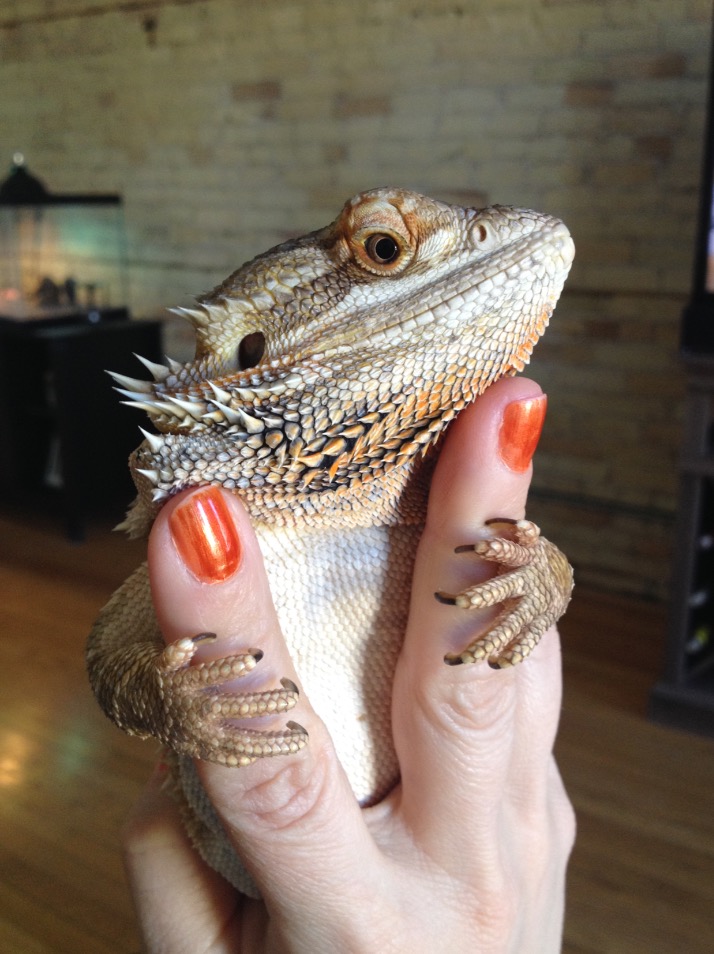Top 5 Reptile and Amphibian Mistakes to Avoid
Reptiles and Amphibians make incredible pets! However, unlike many of the furry pets out there, reptiles and amphibians have very specific care requirements and it varies from species to species. While one species may need low humidity and extremely hot temperatures, another may need high humidity and low temperatures to survive. Knowing how to care for your pet properly and avoiding potential issues is important when keeping these exotic creatures in your home. Here are some of just a few things beginners often mistake when getting their new pet so you can avoid them like a pro!
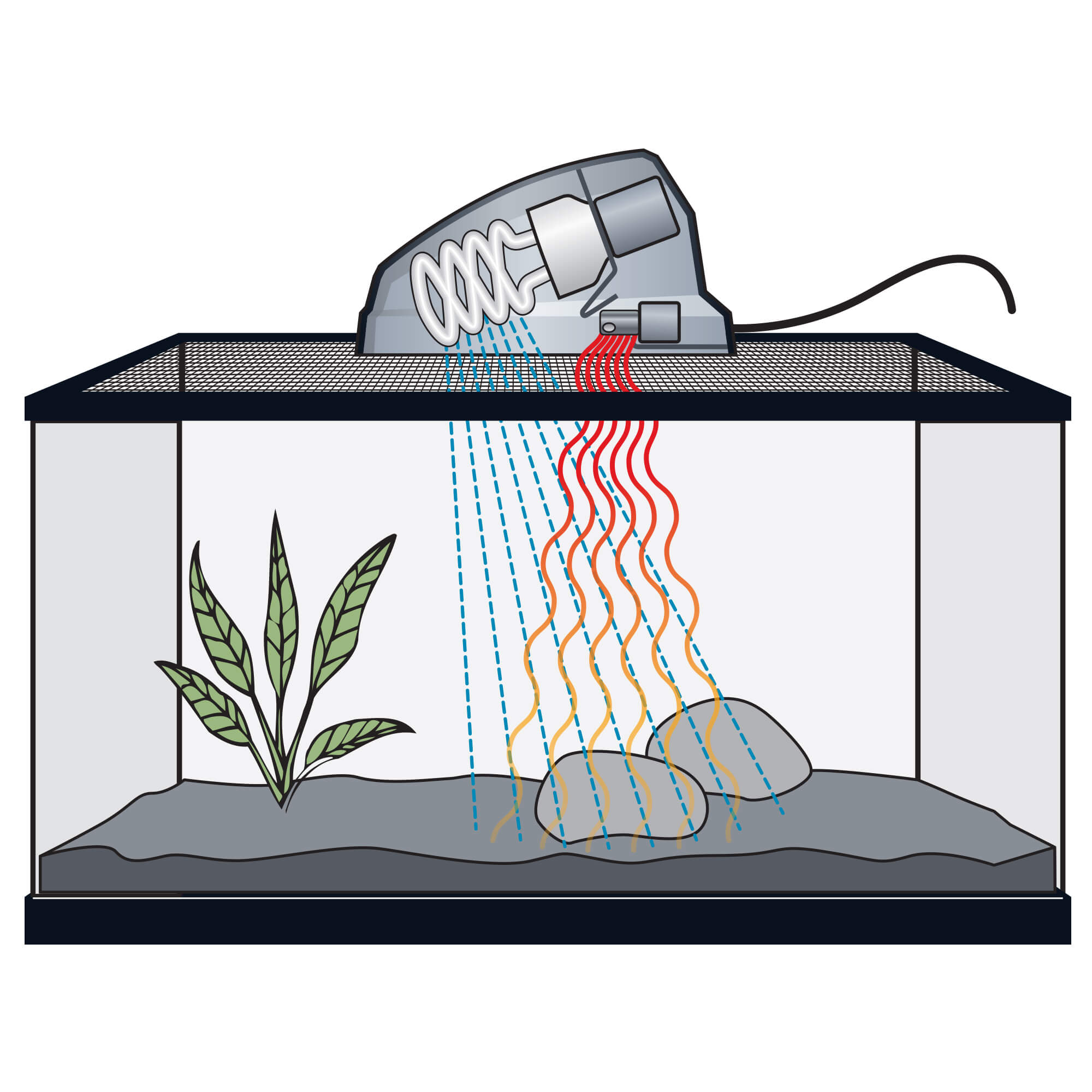
1. Lack of Proper Lighting
One of the top issues reptiles have in captivity is lack of appropriate UVB Lighting. While it’s not necessary for all reptiles, it is highly recommended and for many it is imperative. Animals such as turtles, tortoises, iguanas, bearded dragons, and chameleons cannot live without access to proper levels of UVB. Without it, they are unable to synthesize vitamin D3 and metabolize the calcium in their diet. Calcium is important for proper bone growth in reptiles, but is also necessary for nervous system function. Without UVB, these animals can become deformed, paralyzed, and will eventually die. UVB and UVA are good for all reptiles. While some species may not need it to survive, many studies show improved immune systems, increased activity, better eating habits, better breeding habits, and a better circadian rhythm, all building up to a healthier and happier pet.
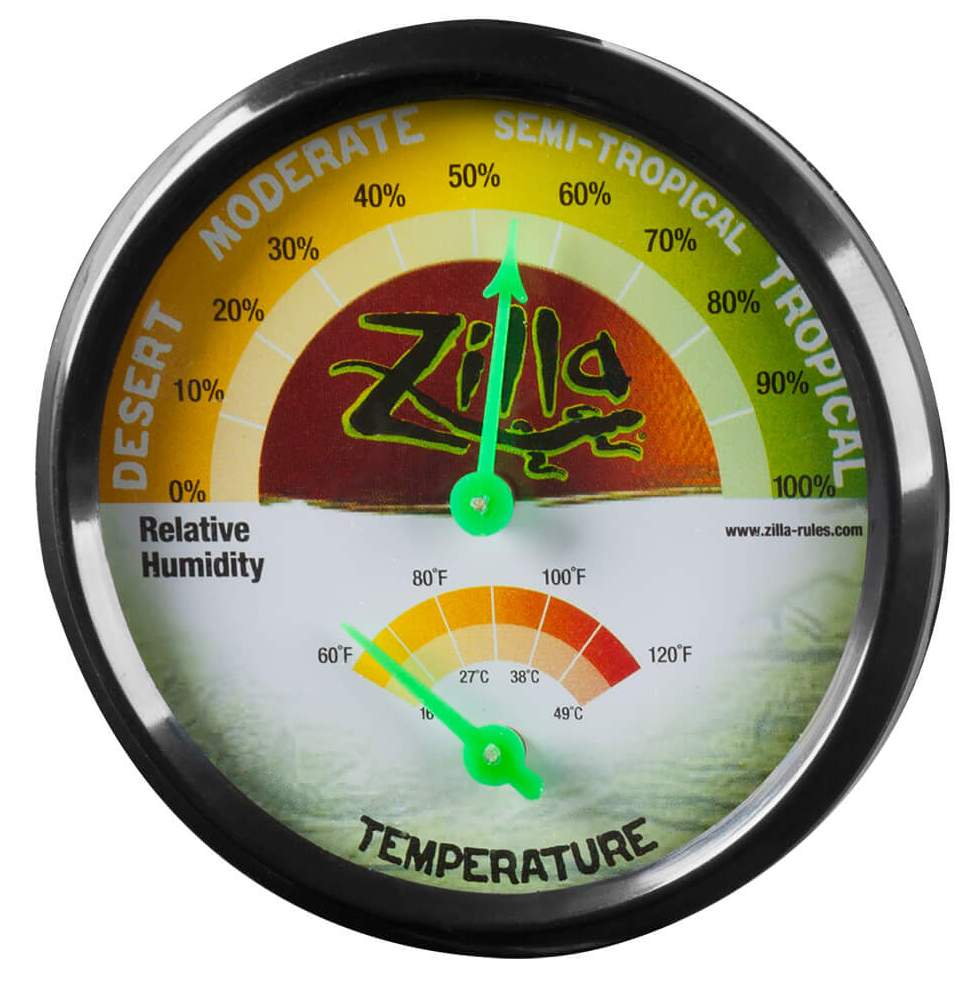
2. Dehydration
Many reptiles in captivity are given a water bowl, but that doesn’t always mean they are hydrated. Many factors play into hydration such as humidity, skin health, and ability to soak. Even if water is provided, if the air is very dry within the terrarium it can slowly dehydrate your pet. Making sure that tropical species have a higher humidity within the terrarium, generally 70-90%, and arid species have a humid hide is imperative to helping these animals from losing hydration through their skin and through breathing. Remember that even in the deserts of the world, these animals are able to find humidity underground or deep in rock crevices. For many species, such as tortoises and bearded dragons, it is helpful to soak them twice a week in luke-warm water (around 84-88°F). This gives them an opportunity to hydrate their skin and allow them to drink. Many times, they will also defecate, so make sure whatever you soak them in is easy to clean.
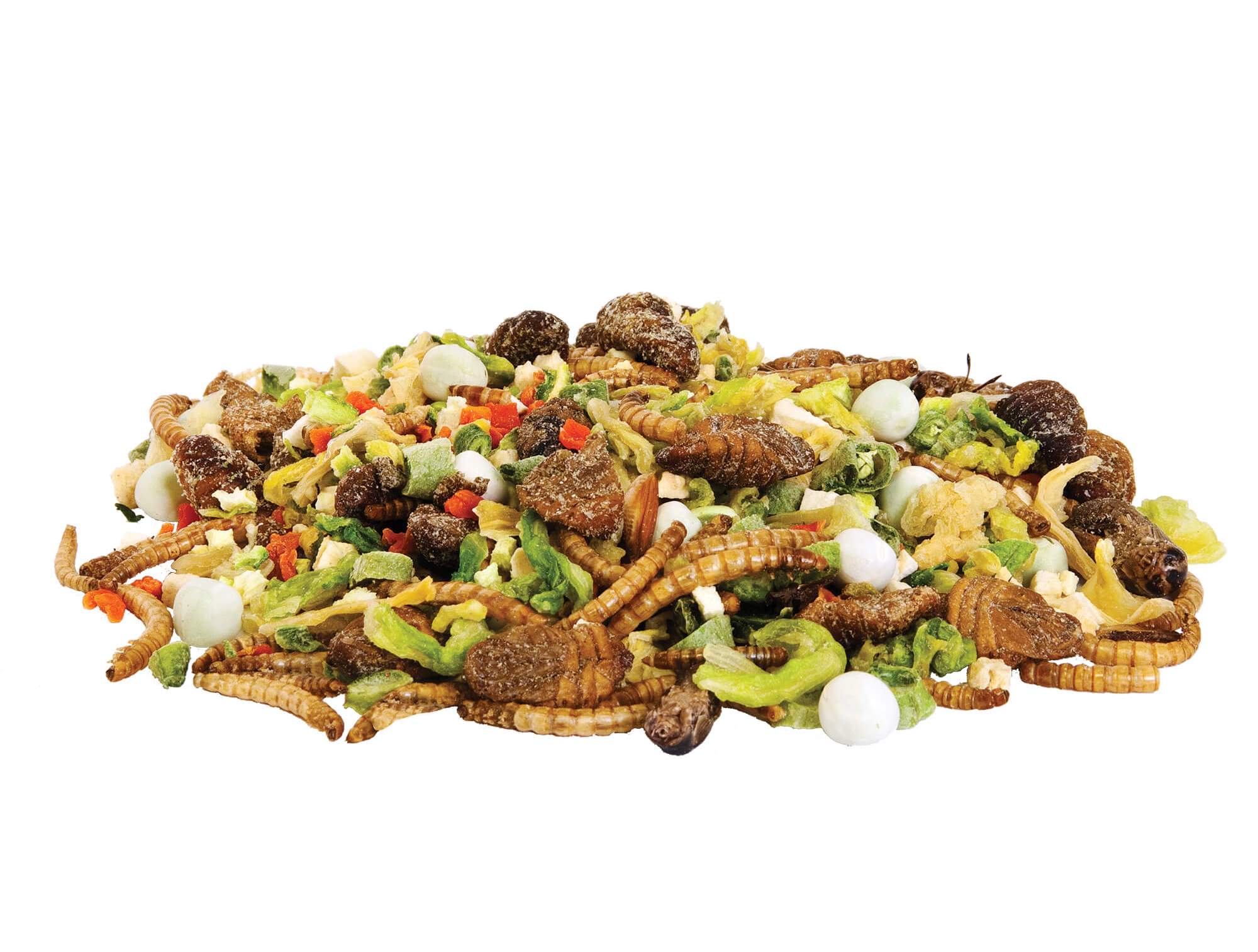
3. Oversimplifying the Diet
In the wild most reptiles get a wide variety of foods. In captivity our options for food are much more limited based on what is commercially available and easy to find. Insectivores often eat multiple species of insects and in captivity, most people feed them crickets and mealworms. While these foods are easy and more convenient, they do overly simplify the nutritional intake of your pet and it is important to look for other feeder types. Some feeder insects that are becoming more commercially available are dubia roaches, phoenix worms, horned worms, and calciworms. Try supplementing these into your insectivore pet's diet. Carnivores, such as monitor species, may eat rodents, birds, lizards, and other small prey items. Although much of their diet is made up of small rodents, these animals are more opportunistic in the wild and will eat a variety of prey items. Try adding other whole prey items, insects such as dubia roaches and more, as well as additional meats like fish, chicken livers, and eggs. Herbivores will dine on a wide range of leafy plants, roots, flowers, and grasses, but there is much more available to feed. Commercial pelleted foods along with a mix of leafy greens and the right vegetables are key to covering a variety of an herbivore's nutritional needs. Many species of tortoise also need grasses in their diets as it aids in digestion. Some species prefer fruits in their diets, but avoid feeding large amounts as it may cause diarrhea or runny stools and fruits high in citric acid can be hard on their stomach. It is important to add additional supplements to these foods such as Zilla Calcium Spray and Vitamin Supplement Spray to make sure and cover all essential vitamins and minerals they need in their diet.
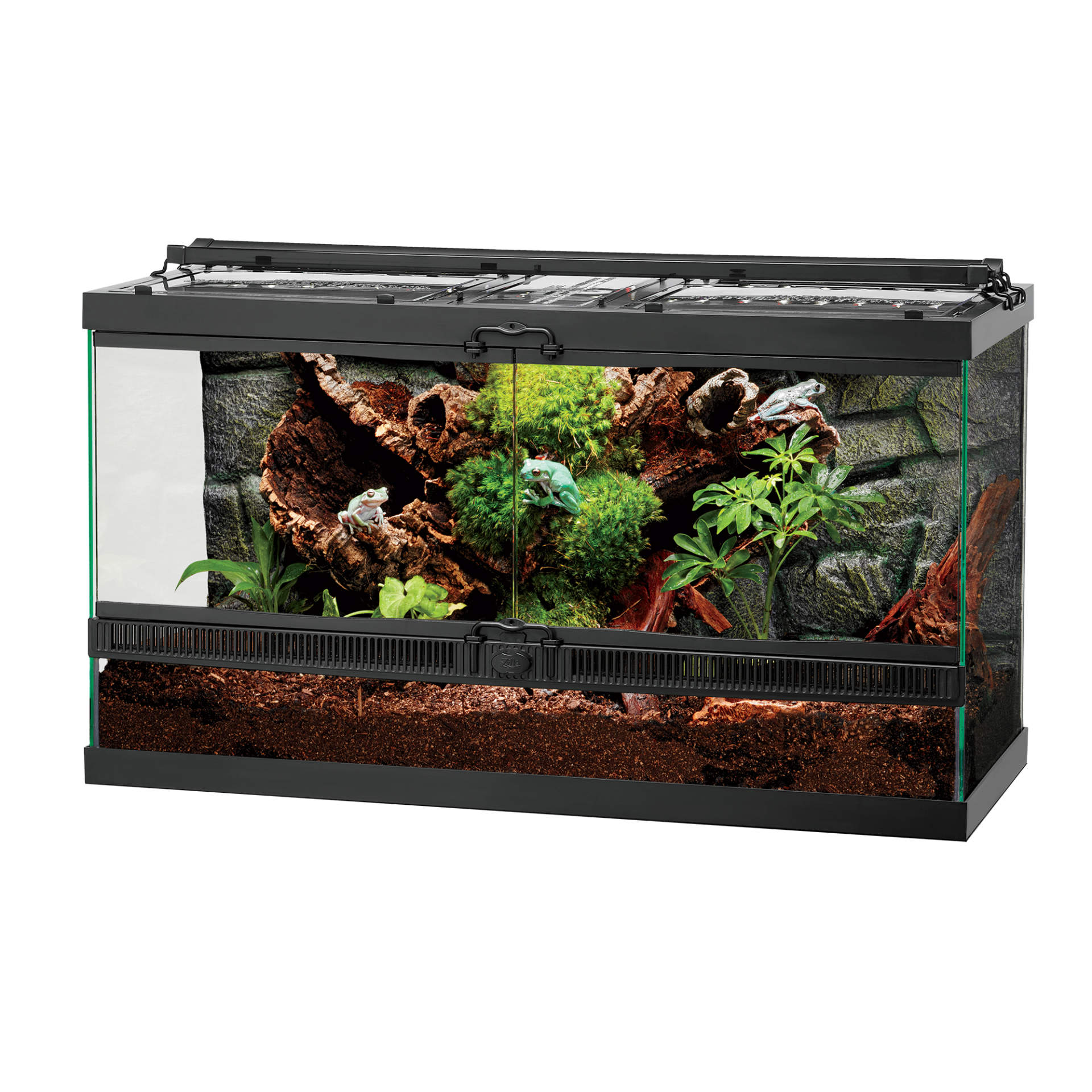
4. Oversimplifying the Environment
While doing research on how to take care of our new pets, we often look to care sheets. The unfortunate thing is that a lot of times these are written with the bare minimum requirements to keep the animal alive and not always how to keep it thriving. This doesn’t mean that you need to recreate a mini rainforest in your terrarium, but you do want to get as close as you can to recreating their habitat. Paying special attention to heat and humidity requirements is essential. Most care sheets will also state that animals such as geckos and snakes don’t need UVB, but studies show that many species still use UVB for metabolizing calcium even if they have more nocturnal habits than some of the more diurnal species. While these animals may not need UVB to survive, they can live a much better and healthier life with access to UVB and UVA lighting. Substrates are also a commonly debated topic and many suggest using paper towel or newspaper as a substrate. While this does reduce the risk of impaction, it also removes a large part of their enrichment and natural instincts to burrow and hide during the day. This can cause them more stress in the end, which can weaken their immune system. While trying to create your new pets habitat, research where they come from, what the temperatures are like there year round, how humid it is, what the yearly rainfall is, and where in that habitat they are found. Searching online for scientific publications can give you some awesome insight into how these animals live in the wild.
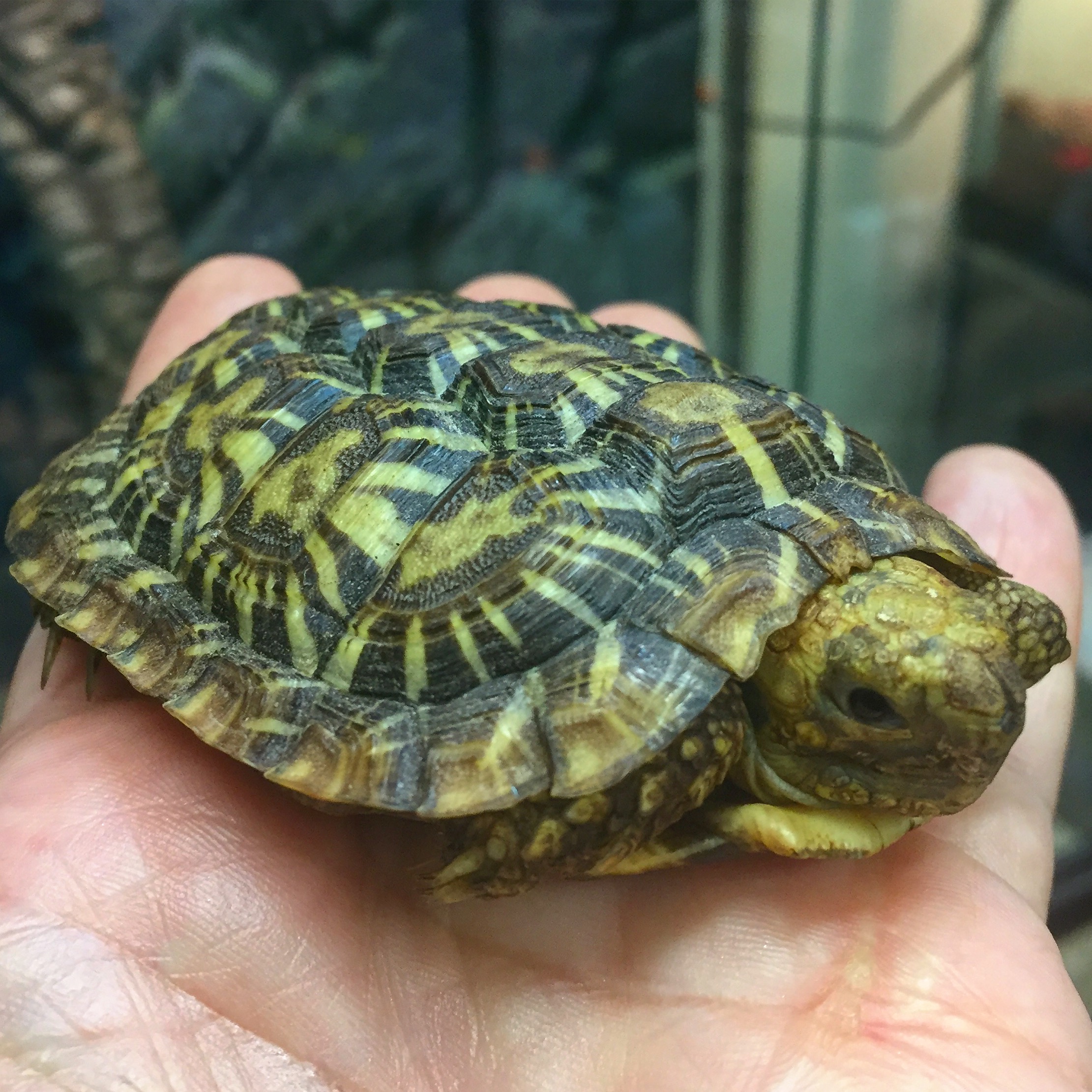
5. Lack of Basic Veterinary Care
Reptiles don’t need regular checkups like your dog and cat do, but there are some things that a basic veterinary checkup can do for your pet reptile or amphibian. With wild caught animals, it is important to get them checked for internal and external parasites. All animals that live in the wild will have these, and potentially other bacterial or viral pathogens just from living in nature. While they are in the wild these parasites may not bother them, but when they are brought into captivity and begin to become stressed, they can gain a foothold and cause issues. This is why it’s important to take them into the vet for a basic checkup. This can help you to treat any possible parasites and get them healthier and ready to thrive in their new home. Even animals that are bred in captivity can have parasites and pathogens. An initial screening from your reptile veterinarian can be very helpful in preventing any possible diseases and parasites from affecting your new pet. To find a local vet, visit www.arav.org and click “Find a Vet”.
There is so much to learn about your new pet, it’s nearly impossible to know it all. Thorough research and planning are imperative to keeping your new pet happy and healthy. Make sure to ask questions to your vet and at your local pet store. While researching, understand that there is not only one way to do something and while many people have strong opinions, there are many ways to achieve proper husbandry and care for your reptile or amphibian.
Please join our newsletter, connect with us on Facebook or contact us for more information.

